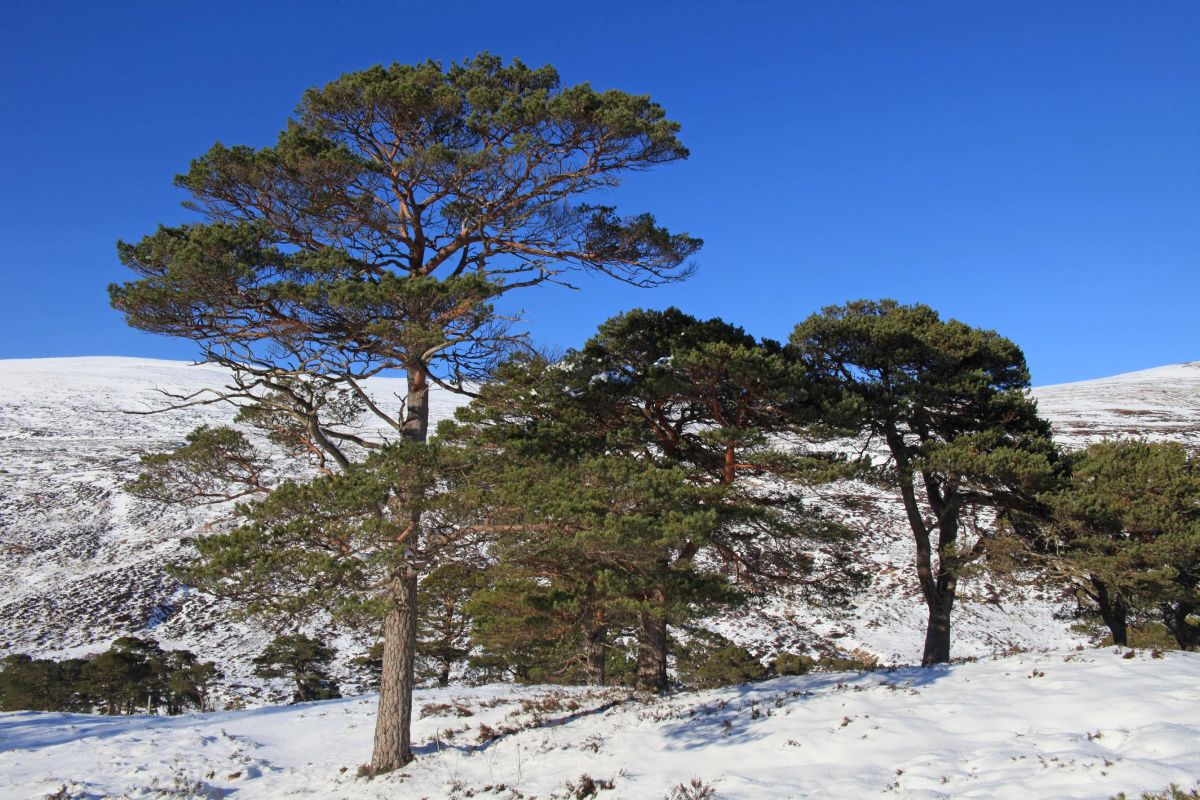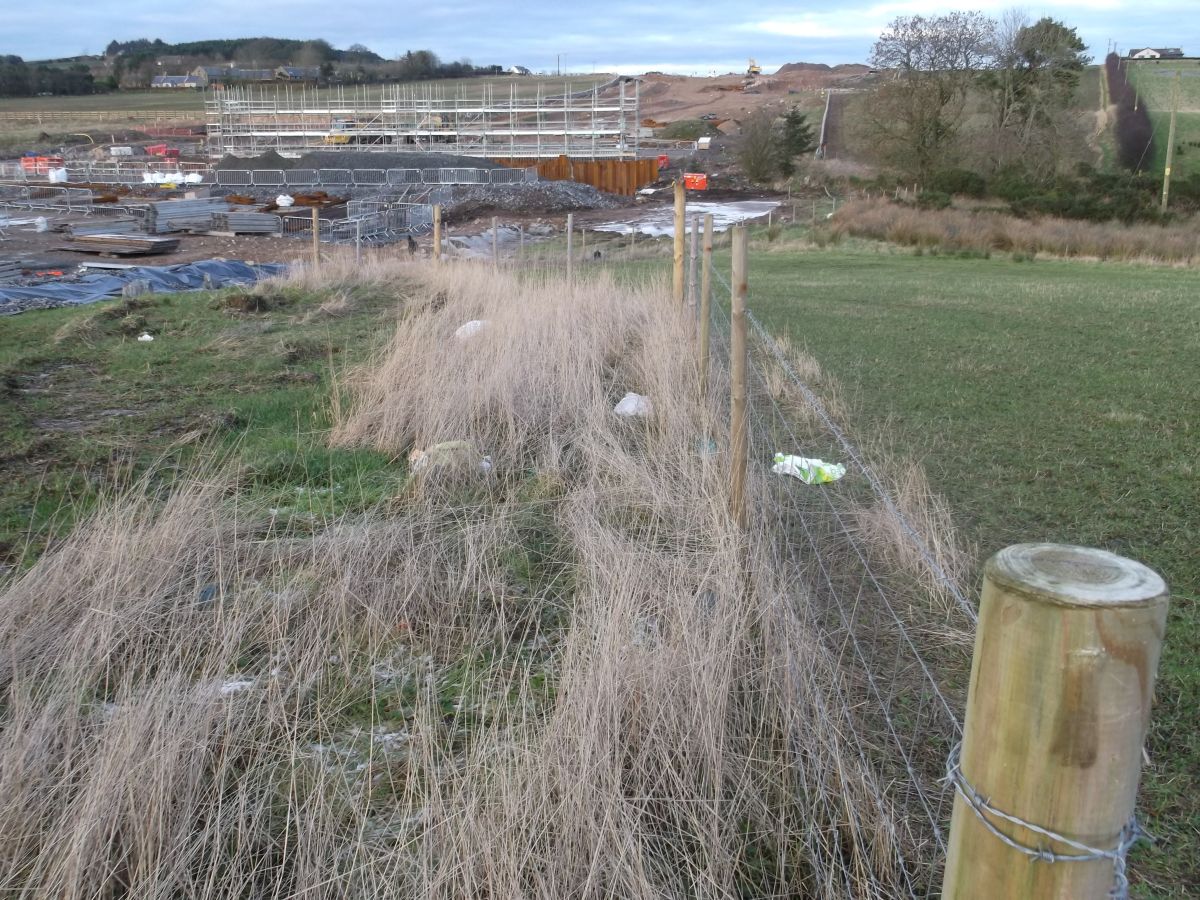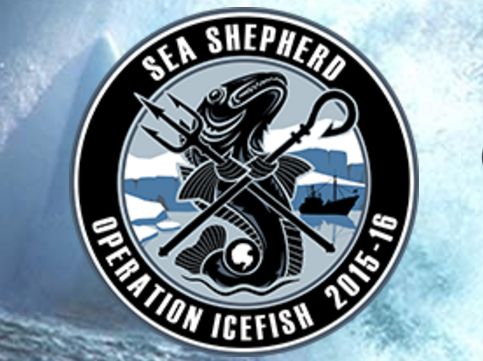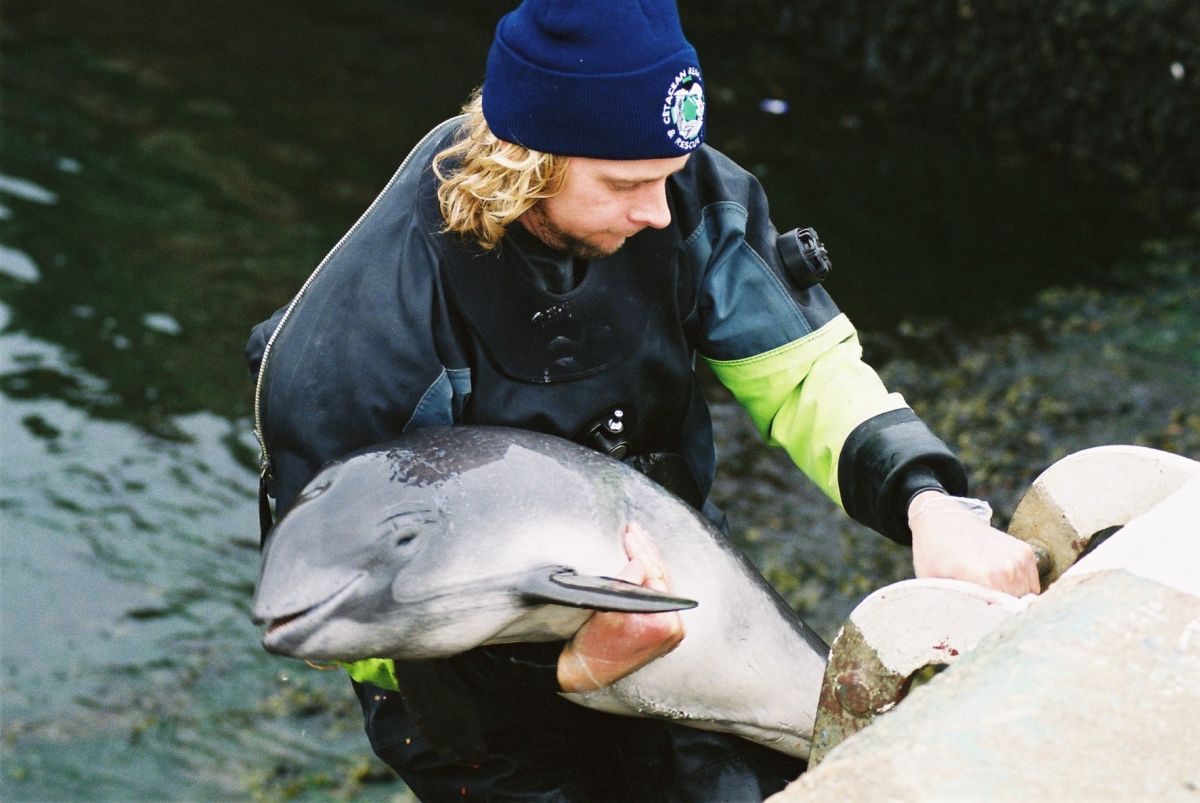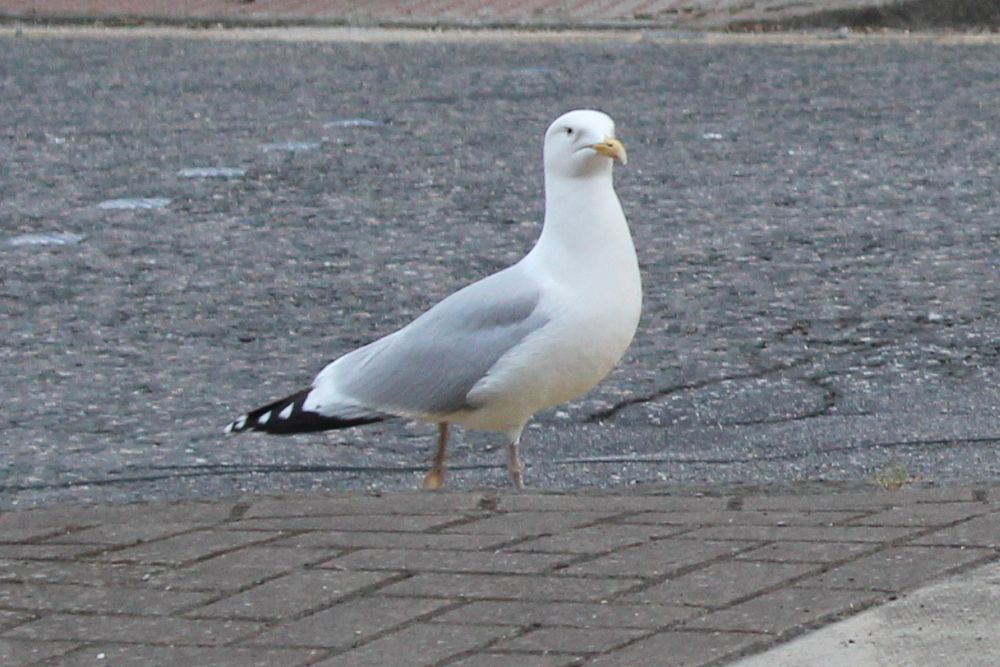With thanks to Richard Bunting, Director, Richard Bunting PR.

Alan Watson Featherstone, founder of award-winning charity Trees for Life
Rewilding the Highlands – from restored forests to the return of predators such as the lynx – are the focus of topical lectures taking place in Exeter and Plymouth featuring acclaimed writer George Monbiot and leading conservationist Alan Watson Featherstone, founder of award-winning charity Trees for Life.
The sold-out events at the University of Exeter and the University of Plymouth highlight the benefits of rewilding – the restoration of damaged natural ecosystems, and the return of keystone species – including for people’s wellbeing.
Plymouth University has a close connection with Trees for Life. Since 2011 staff and students from the university’s School of Biomedical and Biological Sciences have been researching the biodiversity of the forest canopy at the charity’s Dundreggan Conservation Estate near Loch Ness.
Alan Watson Featherstone – who at the end of 2015 was awarded an alternative New Year’s honour by The Guardian newspaper, in a celebration of the heroes of the year – said:
“Rewilding offers an exciting vision of hope. In the Highlands of Scotland we have an opportunity to reverse environmental degradation and create a world-class wilderness region – offering a lifeline to wildlife including beavers, capercaillie, wood ants and pine martens, and restoring natural forests and wild spaces for our children and grandchildren.”
George Monbiot said:
“Rewilding offers us a big chance to reverse destruction of the natural world. Letting trees return to bare and barren uplands, allowing the seabed to recover from trawling, and bringing back missing species would help hundreds of species that might otherwise struggle to survive – while rekindling wonder and enchantment that often seems missing in modern-day Britain.”
The two events – organised by the Network of Wellbeing (NOW, www.networkofwellbeing.org), together with Exeter University and Exeter Community Initiatives in Exeter, and in Plymouth with Plymouth University – will help to explore the links between rewilding and wellbeing, and highlight ways in which people can get involved in initiatives in their own communities.
This includes taking inspiration from Trees For Life as a practical, grassroots organisation through which people can connect, be active, take notice, keep learning and give – five ways to wellbeing based on 40 years of international research.
Trees for Life (www.treesforlife.org.uk) is restoring the ancient Caledonian Forest in the Scottish Highlands, and offers many opportunities for volunteers to support its work and gain conservation experience.
Today few areas of the world are truly wild and in the UK, even Scotland is no exception. Long-term deforestation and overgrazing by too many deer and sheep has left much of the land depleted and barren, with wildlife in retreat or missing. The Caledonian Forest – Scotland’s equivalent of a rainforest – is one of the UK’s most endangered habitats, with many of its rare species facing extinction.
Yet action across Scotland is showing how restoring natural processes and protecting wilderness areas, and reducing human interference in ecosystems, can make a positive difference. This includes the restoration of native forests at many Highland sites, the re-establishment of birds of prey such as sea eagles, ospreys and red kites, and the trial reintroduction of European beavers at Knapdale in Argyll.
Future rewilding could involve the reinstatement of missing species, including apex predators – which play a crucial top-down regulatory role in ecosystems. Trees for Life believes that the Eurasian lynx – already reintroduced to areas of Europe such as the Alps and Jura mountains – is a realistic candidate for reintroduction. It offers little threat to sheep and none to humans.
It is a specialist predator of roe deer, a species which has multiplied in Britain in recent years and which holds back the natural regeneration of trees through intensive browsing.
The latest thinking on rewilding – including recent scientific discoveries – has been captured in George Monbiot’s highly-praised and gripping book, Feral, which lays out a positive environmental approach in which Nature is allowed to find its own way. George – well-known author and columnist for The Guardian – is also a key supporter of Rewilding Britain, a charity working for the mass restoration of ecosystems in Britain, on land and at sea. See www.rewildingbritain.org.uk.
NOW’s holistic approach to wellbeing shows that personal, social and environmental wellbeing must all be approached together – which means that rewilding, by enhancing nature, can have a great role to play in enhancing people’s wellbeing.
People can follow online conversation around the rewilding events on Twitter by using the hashtag #RewildingWell.
Background – reintroducing the lynx.
Across Scotland high numbers of deer are having a negative impact – through overgrazing and trampling – on reforestation, habitat quality, biodiversity and ecosystem services such as carbon sequestration and flood prevention. The loss of native carnivores means that deer now have no natural predators.
The reintroduction of a top predator is crucial, and the Eurasian lynx (Lynx lynx) is a realistic candidate. The species is still present in many northern and eastern – and some southern – countries in Europe. It represents no threat to humans, and there are no European records of anyone ever being attacked by a lynx.
While the reintroduction of predators is often proposed as a means of reducing excessive numbers of red deer in the Highlands, the main impact would likely be in disturbing deer populations – causing these animals to move more frequently so that their grazing is less concentrated in specific areas.
Trees for Life believes the lynx could be reintroduced to the UK by 2025. Restoring enough native woodland as habitat would be crucial, and some experts estimate that the Highlands could support a genetically viable population of 400 animals.
Experts are uncertain as to when the lynx died out in Britain, although some discoveries suggest its extinction date may have been some 1,500 years ago.
Eurasian lynx pic © Peter Cairns www.northshots.com
- Comments enabled – see comments box below. Note, all comments will be moderated.
